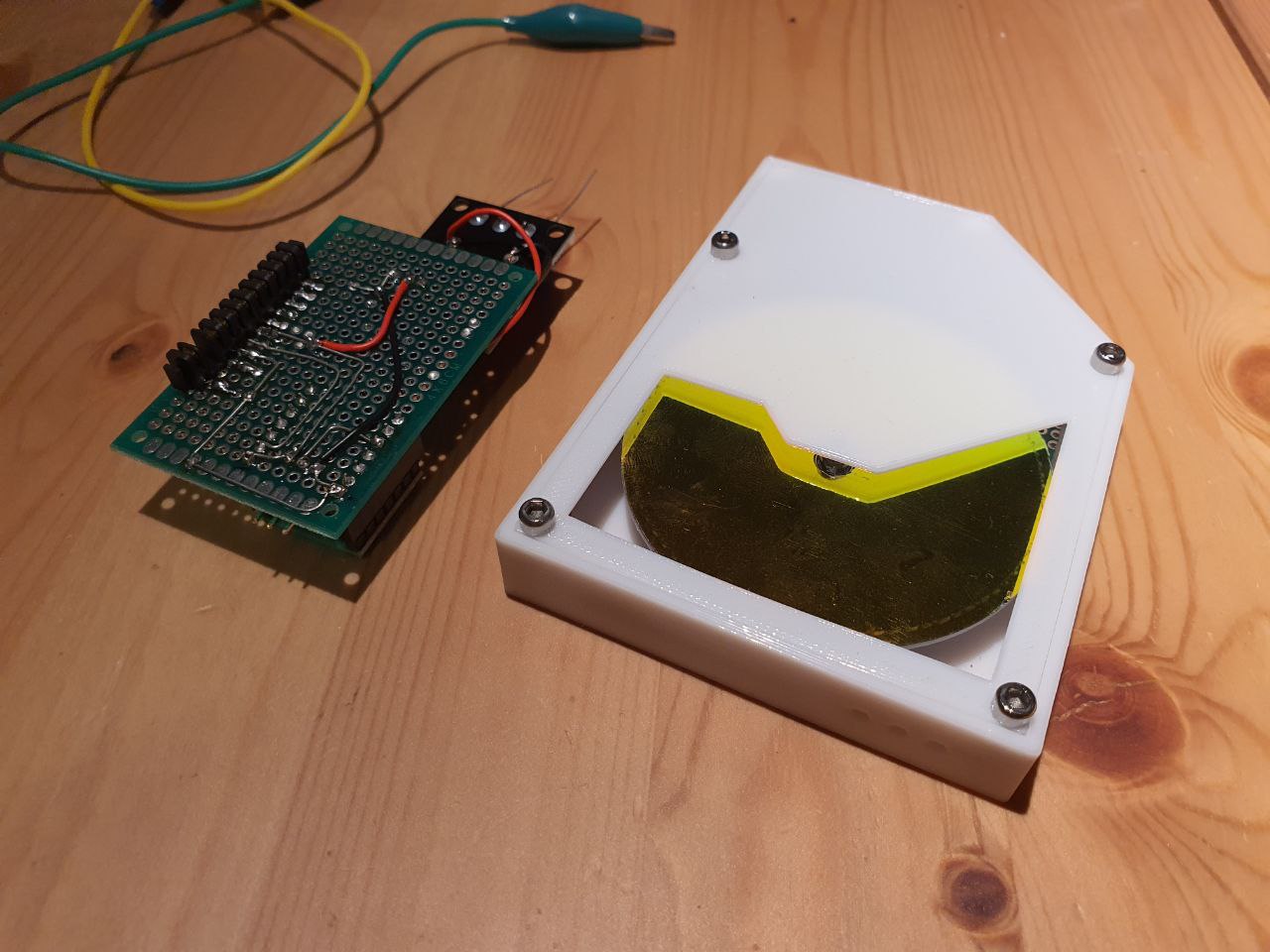Ashet Technologies
2023-05-31
Creating a retro cyberpunk computer world.
Why building my own home computer is a very fun journey
What is Ashet Technologies?
Ashet Technologies is an overarching art project, context and guideline for a set of projects.
It started with the kick-off of my home computer project, naming it the Ashet Home Computer. The Ashet was generated from a random name generator and sounded pretty good, it’s also not a really widespread word.
The project back then had the idea of recreating an 80ies computer experience for the modern day, and it’s still true to that. Since then, the project also got some guidelines and inspiration sources:
- Cyberpunk 2077 / Shadowrun
- Old Tech Advertisments
- Retro- and Synthwave
- Cowboy Bebop
- MSX Computers
- Zachtronics games
As I continued to work on all the components, it started to look like a product portfolio of a tech company. So I decided to go full art project and make Ashet Technologies a fictive tech company that exists somewhere in the future and sells tech, software and IP cores to people.
The colors of the project tend to go into blueish and purple, with a bright and intense red as a contrast color.
Projects
The whole project consists of several parts, each part often a huge project for itself.
Ashet Home Computer
The home computer is the initial project that spawned all of this. It’s meant to be a relatively cheap computer that people can use in a restricted set of everyday scenarios, while having tiny specs compared to todays hardware.
It’s also meant to be fully understood by a single person in how it functions, and how to program it.
These two properties are imho what makes the typical home computer so special: You can both use it as a normal personal computer, but at the same time, you’re still in full control.
At the time of writing (2023-05-31), the computer is built from a bunch of evaluation boards, bread boards, peg boards and a good amount of solder, and is capable of:
- Accessing data on an USB stick
- Display pixel graphics with 400x300 pixels, 256 colors
- Communicate via UART
- Boot from an internal flash
All of this is still very early prototyping stage, but it’s already in a form that you can load programs to the machine and execute them.
The current tech specification is roughly this:
- 16 MB BIOS flash
- 16 MB RAM
- USB mass storage support
- USB keyboard support
- VGA video output
- Two fixed baud UARTs
- PicoRV32 RISC-V32 (32 bit) CPU
Ashet OS

Every good home computer also needs an operating system, and thus, Ashet OS was born. The design goals of Ashet OS were similar to the ones from the home computer as well:
- Simplistic
- Can be used as a (bad) daily driver
- Everything is hackable (by design)
- Can be fully understood by a single person
Right now, the OS is one of the most advanced parts of the project, and it can already boot on some machines. It’s designed to be a cross-platform operating system that can be installed on several machines:
- Ashet Home Computer
- An IBM compatible PC with i486 or newer
- The Pine64 Ox64 with an SPI attached display
- The RaspberryPi 400
The OS is already in a really good state when it comes to architecture: It can multitask, has a graphical user interface and already has some demo applications. The goal is to allow a user to listen to music, play games, write code and documents and also surf the internet. Not necessarily all at the same time (depending on the available hardware resources), but each task should be doable.
Ashet OS also will feature a built-in wiki software, some system apps and at least one game.
Storage Disk Drive

The Storage Disk Drive is actually just a very very fancy USB stick with a nice case and a rotating disk. It’s designed after the Zachtronics game Last Call BBS, where
the papercraft computer also had a similarly designed drive.
Right now, the hardware is in a stale state due to mechanical difficulties with the rotation, but I want to recreate the device with a PCB motor that will rotate a magnetic disk, keeping the optics quite similar, but reducing the disk thinkness by a good margin.
TIS-100 IP Core
A good amount of time ago, I created on of my first FPGA projects: A TIS-100 soft core implementeed in VHDL.
It could be composed into bigger grids and run code with a custom assembler and tooling. It really fits the Ashet Technologies vibes, so I also include it here.
The assembly was really close to what the original game did:
LOOP:
MOV UP,ACC
JLZ LEFT
JGZ RIGHT
MOV ACC,DOWN
JMP LOOP
LEFT:
MOV ACC,LEFT
JMP LOOP
RIGHT:
MOV ACC,RIGHT
JMP LOOP
The Future
Let’s see where this project is going. It’s my longest running project, started in 2017 and is still going strong, even if a lot of stuff changed on the way.